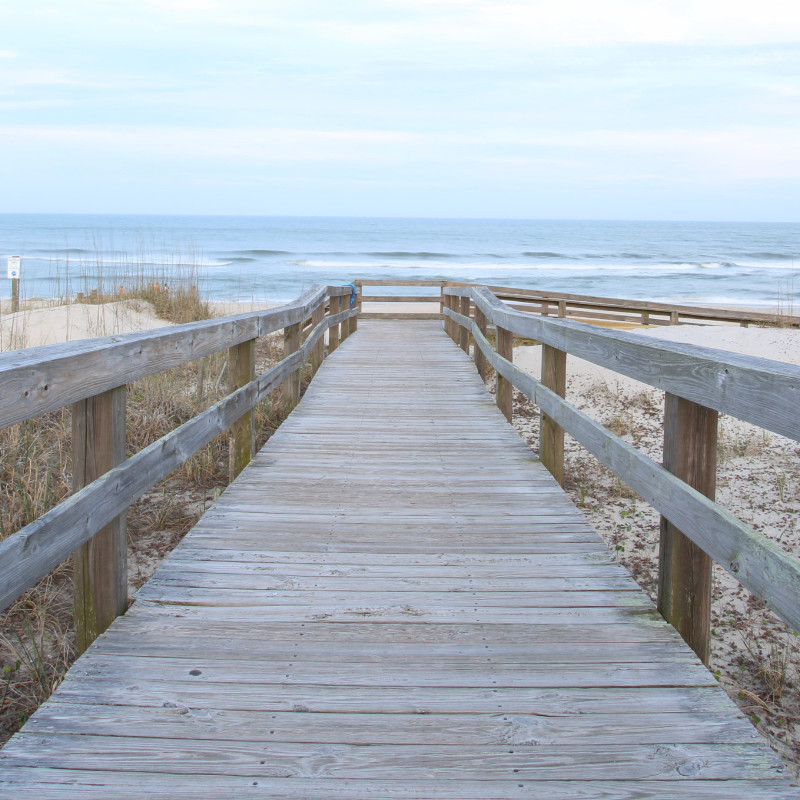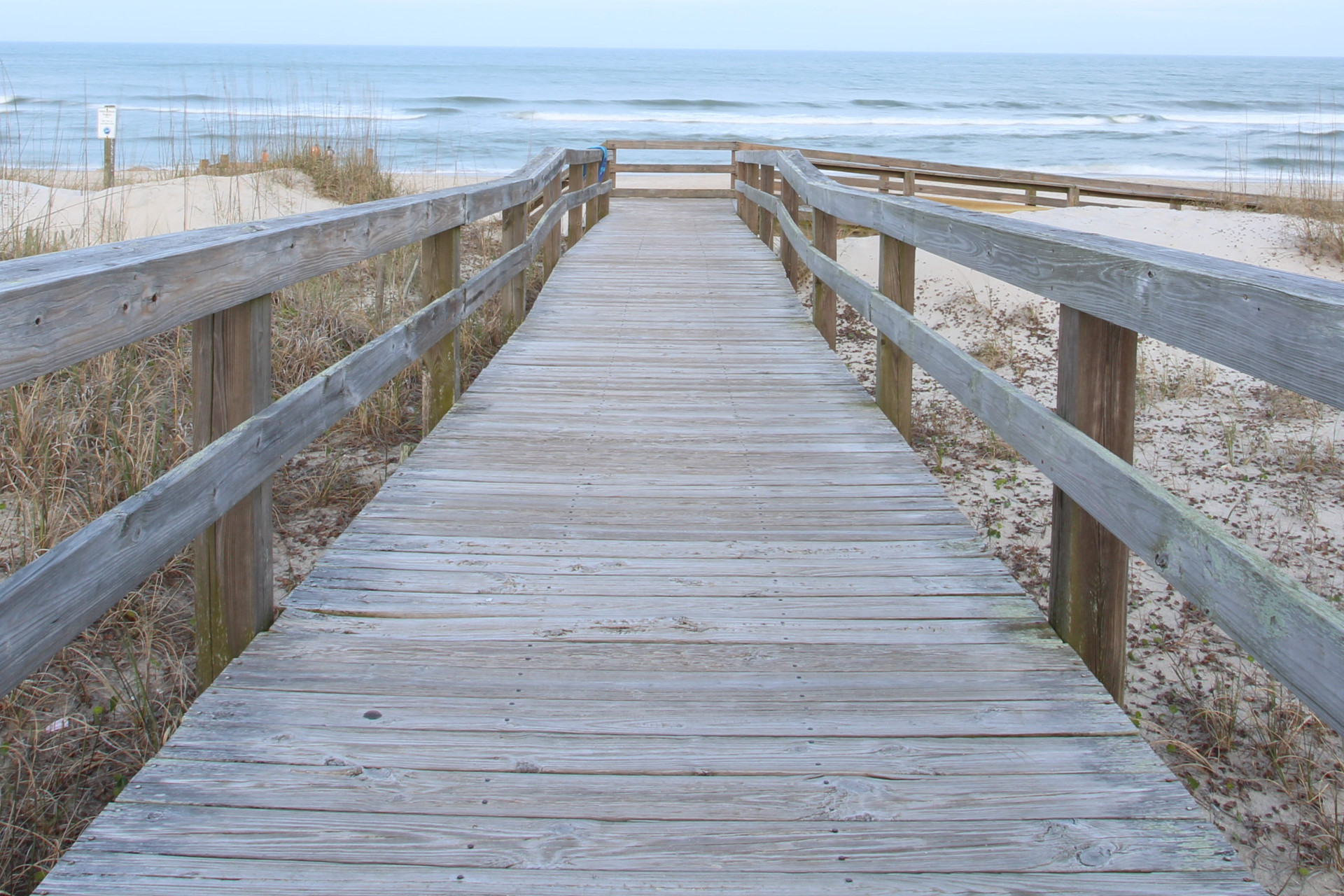Recycle. Making recycling a routine part of your lifestyle is one of the simplest and most effective ways to help the environment. It takes very little time and only a little thoughtfulness to greatly reduce your waste and cultivate a sustainable home. Be sure to educate yourself on your city’s recycling practices so you are able to recycle more efficiently and effectively. It may not look like much, but if everyone adopts these practices, we will see great positive change in our lifetime.
Travel Cleaner. There are many ways to reduce the environmental impact of traveling. Taking a bike or walking is a great solution, not only for the environment, but for your health. Public transportation is also an option if that is available to you. However, many Americans don’t live near access to public transportation, or have a long commute and couldn’t possibly walk or bike. Carpooling is an excellent alternative, as you will save money on gas in addition to reducing your carbon footprint. It is also worth considering a more eco-friendly car for your next vehicle.
Reduce Food Waste. In the United States, an estimated 30-40 percent of our food supply is thrown away. Not only is this disheartening, but it contributes to greenhouse gas emissions. While a lot of this waste takes place on a corporate level, there are many ways to reduce food waste in your home. Meal planning and preparation can help you take control of food waste in your home. If you have a solid plan and a list when you head to the grocery store, you’re much less likely to be excavating old lettuce from the bottom of your crisper by the end of the week. Get creative and find ways to repurpose your leftovers, or use the same ingredients to make different meals so that you still get variety in your meals without the waste.
Shop Local. Supporting local businesses is something we’re really passionate about here at The Guide. But did you know that buying local is not only good for our economy, but our environment as well? When you shop at a big chain grocer, your food may have traveled upwards of 1,000 miles to reach you. That’s a lot of fuel consumption and air pollution. Support your local farms by buying produce from a produce stand, farmers market, or direct from the farm. You’ll get the added benefit of minimal packaging and plastic waste from the produce you buy. Plus, the produce will be fresh and delicious!
BYOB. When you’re out shopping, be sure to bring your own bags (what did you think that stood for?). Help protect wildlife and reduce greenhouse gas impacts by saying no to plastic bags. Keep a decent amount of reusable bags in your car so they’ll always be handy, even for impromptu shopping trips. Reusable bags are usually sturdier and bigger to allow you to get all your groceries inside with fewer trips. Plus, it’s easy to find bags with cute designs, or if you’re crafty, make your own! If you do wind up with a plastic bag, just be sure to recycle it. Plastic bags can take up to 1,000 years to decompose in a landfill.
Make Your Home Green. You don’t have to actually paint your home green, although if you want to, more power to you. There are many simple ways to make your home more energy efficient and less taxing to the environment, while also saving you money. Lowering your thermostat just a few degrees can make a big difference. Set it lower while you’re at work or on vacation and reap the benefits of a lower energy bill. Ensure that your home is well insulated to decrease energy output during the winter. Be mindful of your water use both in the bathroom and the kitchen, and wash your clothes with cold water instead of hot when possible. Check to see if the lightbulbs you are using in your home are energy efficient, and always turn off lights when not in use. If you can afford it, consider installing solar panels in your home and replacing your low-efficiency appliances with high-efficiency ones.
Recycle and Repair. It used to be that appliances were made to last. That’s not the case anymore, as many appliances are made using the cheapest materials and production as possible. This has created a culture where it’s more common to discard something that isn’t working, rather than attempt to repair it. However, it is much more ecologically and financially beneficial to buy higher quality products and repair them. Do a little research and tinkering before discarding the next coffee maker that gives up on you mid-morning. The internet is also a great resource for do-it-yourself repair advice. Many manufacturers also offer customer service and troubleshooting for misbehaving appliances. It’s so satisfying to take pride in fixing something yourself. It may be frustrating along the way, but you’ll be guaranteed to learn something when it is all said and done. If it turns out you can’t repair that old coffee maker after all, just be sure that the new one you invest in is high quality and made to last so you won’t encounter this same issue 6 months down the line.
Do-It-Yourself. Did you know that a lot of the products we use around the house can be made at home? Understandably, many people simply can’t make the time to do this, but if you can, it’s well worth it. Homemade cleaners and toiletries are much safer than commercial because you control what goes in them. No more ingredients you can’t read and harsh chemicals that trigger allergies and asthma. In addition, you can cut back on your plastic use greatly when you ditch commercial products for homemade. You’ll save a lot of money in the long run when making your own products, as the main ingredient in most cleaners, laundry detergents, shampoos & conditioners, and lotions is something you’ve always got at home: water. Also, homemade products make wonderful, thoughtful gifts. Click here to see which products you can make at home.






